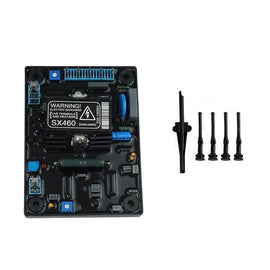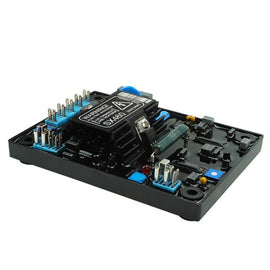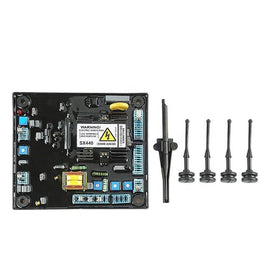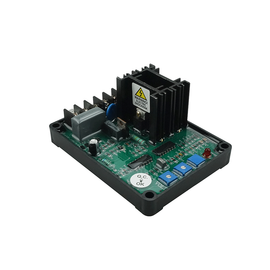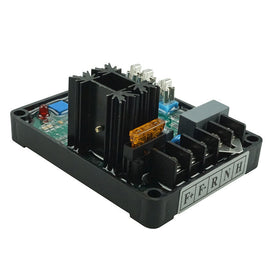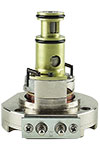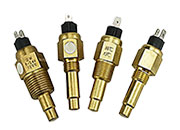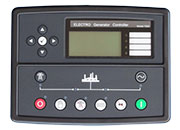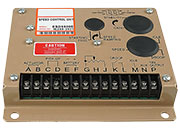A generator is a machine that converts mechanical energy into electrical energy. The main parts of a generator are:
Prime mover
The prime mover is the device that supplies the mechanical energy to the generator. This can be an internal combustion engine, steam turbine, water turbine, or other type of machine.
Alternator
The alternator is the part of the generator that actually produces the electrical energy. It consists of a rotor (a rotating magnet) and a stator (a stationary coil of wire). As the rotor rotates, it generates a magnetic field which induces a current in the stator.
Voltage regulator
The voltage regulator is a device that controls the output voltage of the generator. It ensures that the generator produces a stable, constant voltage, even as the load on the generator changes.
Control panel
The control panel is the central hub for controlling and monitoring the generator. It includes switches, gauges, and other controls for starting and stopping the generator, as well as monitoring its performance.
Fuel system
The fuel system is responsible for supplying the generator with the fuel it needs to run. This can be a gasoline tank, diesel tank, or other type of fuel storage.
Exhaust system
The exhaust system is responsible for safely venting the exhaust gases produced by the generator. This can include mufflers, exhaust pipes, and other components.
Cooling system
The cooling system is responsible for keeping the generator cool as it runs. This can be a fan, water jacket, or other type of cooling system.
